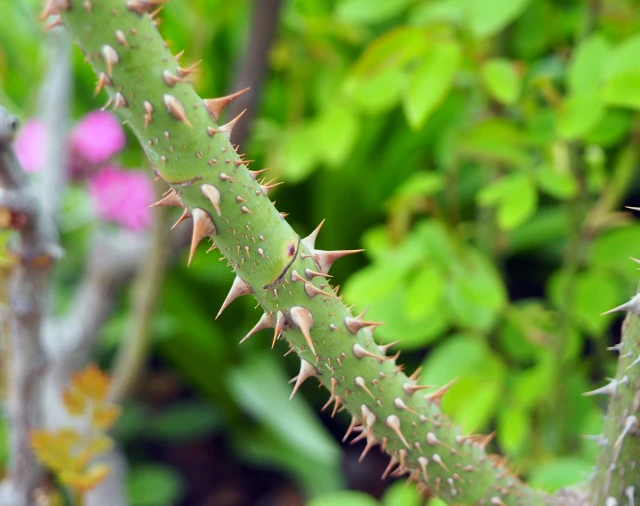After a sensational title and an incredibly realistic photo, we are going to describe a discovery that will terrify housewares across the globe.
Let's talk about cockroaches, insects that are considered like rats for the same reasons: they have managed to adapt very well to anthropogenic environments, hiding where we have no way of seeing them and waiting for the right moment to catch some rest of food.
Actually, for the elements mentioned above we should applaud these little animals who have managed to take advantage of all the environmental transformations we have caused. But they are shady creatures and we associate them with dirt, so they make us sick.
But cockroaches don't care how much we think about them. A recently published study confirms this. It seems that these insects are adapting very quickly to resist the insecticides we use to eradicate them.
The study was led by Michael Scharf and colleagues (University of Purdue) in Indiana e nell’Illinois (USA), on different populations of cockroaches of the species Blatella germanica. In particular, populations were subjected to 6 months of time on insecticides with chemicals that act differently: eg, at the neurological level or at the level of the exoskeleton.

Before the study, the cockroaches were captured in each site of interest and tested in the laboratory to determine the most effective insecticides for each treatment, in order to try to get the best possible results.
Different combinations of insecticides have also been used, to evaluate its effect on animals and potential adaptation times. In all cases, except with the adamectin gel which reduced the population, the researchers observed that populations acquire considerable resistance to the substances tested over time.
Cockroaches have a very short reproductive cycle (circa 3 months). Then, if an individual manifests genetic characteristics that allow him to resist a certain substance, these will be able to spread rapidly within the population, from one generation to the next.[2]
But the truly surprising thing is that cockroaches that are already resistant to one class of insecticides also acquire resistance to other classes of insecticides to which they had not previously been exposed. (cross-resistance). It follows that the resistance increases from 4 in 6 times in a single generation.
These results are still to be evaluated from a genetic point of view, but they make us understand that insecticides are not enough to cope with these creatures. Within a few years, we should expect some impressive cockroaches, comparable to the representation below?

in conclusion, the fate of humanity becomes paradoxical: after years of environmental transformations, the animals that adapt best to these changes will take over.
Beyond the ironies, researchers recommend focusing on prevention to reduce the presence of cockroaches in the home: cleanliness and hygiene are the masters. Furthermore, integrated pest control methods are preferred, given this cross-resistance. For example, using insecticides and traps together, even if it is more expensive.
This is because cockroaches are excellent vectors, since they are capable of unintentionally carrying dozens of types of bacteria, how is. coli and Salmonella. Furthermore, saliva and feces can trigger allergies and asthma, in predisposed subjects.
Nevertheless, these animals are not thirsty for human blood, therefore we have no reason to risk a nervous breakdown or to be seized by the murderous fury when we see them.
Sources:
https://www.nature.com/articles/s41598-019-44296-y








Leave A Comment